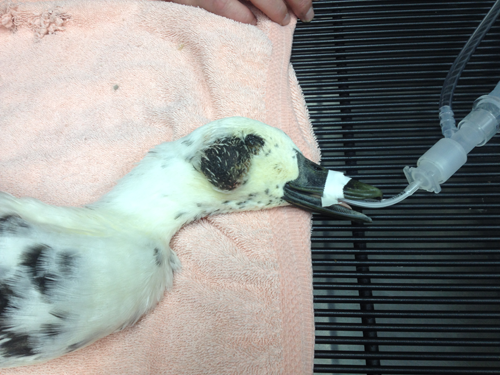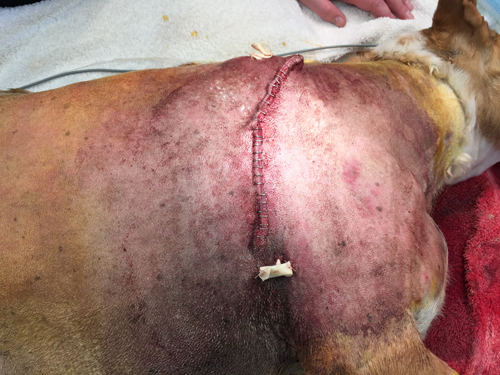We get it. Surgery is scary. Anesthesia and putting a pet “under” is really scary.
But we’ll make it as safe as possible. Here’s how:
1) Pre-anesthesia blood work. This gives us information on underlying conditions and allows us to adjust protocols or change plans if needed.
2) Pre-anesthesia exam. We don’t care if we saw your pet yesterday, one of the veterinarians is going to examine him before the procedure. No exceptions. We need to know that nothing has changed. Based on blood work, underlying issues and the exam, every patient receives an individualized anesthesia plan the morning of surgery.



